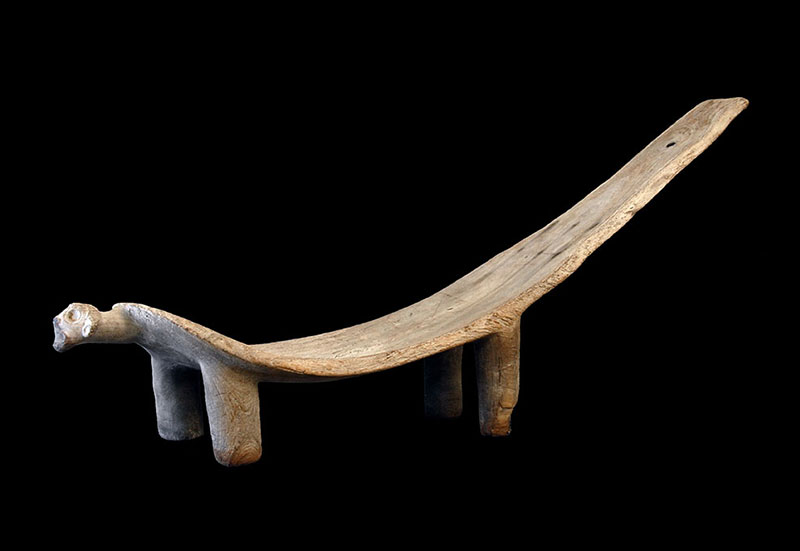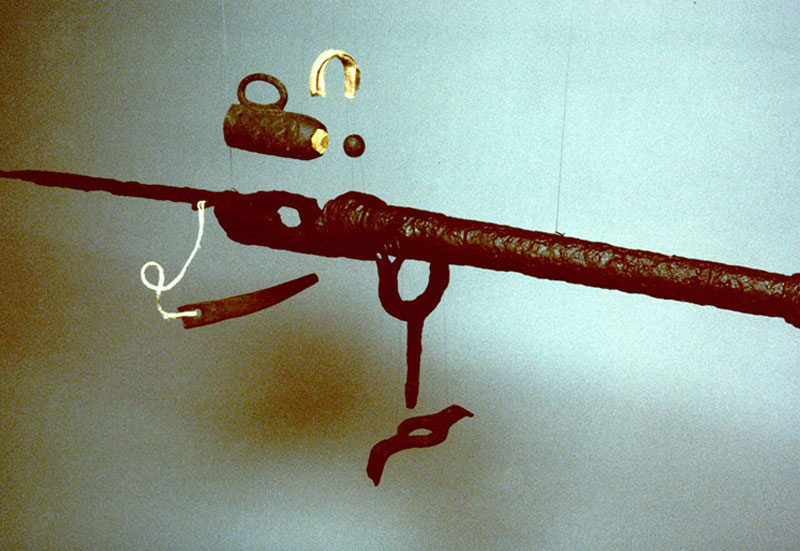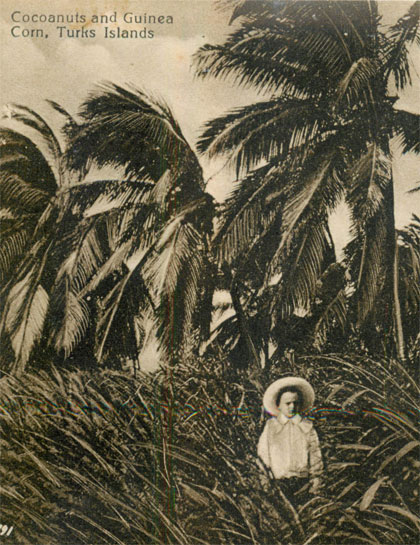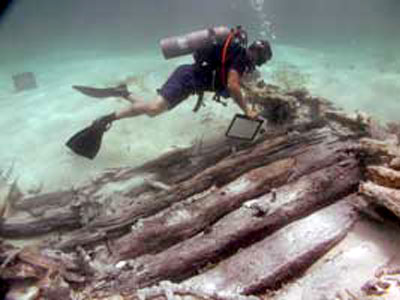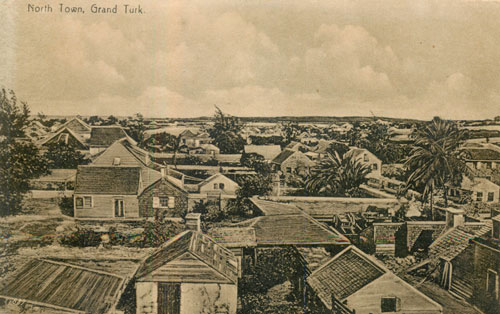A Tree and a House

The Museum exhibitions are housed in the
Guinep House. It is named after the large Guinep tree that dominates the front of the building.
It is unclear when the building was constructed but there are many hints that suggest that the building is over 180 years old, making it one of the oldest surviving private residents in the Turks and Caicos Islands.
What are the clues?
Recently part of the Guinep tree fell down. Museum staff have counted the rings in the trunk and have identified signs of it being around 180 years old. It is probable that the house was built first and then the tree was encouraged to grow.
In 1799 the Turks Islands gained a representative in the Legislatice Assembly in the Bahamas. This gave the Islands some degree of formal ownership and management, even though the British had claimed the Islands in 1764 and appointed a King’s Agent in 1766. The British Government now allowed a permanent settlement to be constructed on Grand Turk, and a map dated to around 1799 shows the division of the plots of land for Front Street and Middle Street. As the plot was divided at this time it is likely that building work on these sites would have started soon after.
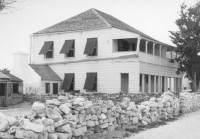 The Building
The Building
The original house was a simple building, containing two rooms downstairs and two rooms upstairs. To the north a seperate kitchen unit was built with a courtyard between the main house and the kitchen. This would prevent an outbreak of fire in the kitchen spreading to the main house, as well as preventing heat generated by cooking entering the house. Over the years additional side wings have been added, eventually attaching the kitchen to the main building, and a new porch added.
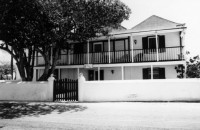 For a short while the building became the Guinep Lodge, a favourite guest house for some of the visiting divers. In 1990 the building was donated to the Museum Trust and was developed into the Turks and Caicos National Museum.
For a short while the building became the Guinep Lodge, a favourite guest house for some of the visiting divers. In 1990 the building was donated to the Museum Trust and was developed into the Turks and Caicos National Museum.
Building Material
The majority of the building uses locally quarried limestone. The timber for the beams and roof support most likely came from shipwrecks, or ships broken up here, and this is clearly indicated by one of the major structural supports, which is an old ships mast. This is on display in the Museum.
In 1990 the Guinep House underwent major refurbishment to turn it into the Museum. During this work much of the timberwork was replaced as it was riddled with termites. It was during this removal of floor boards that the ships mast being used as a a foundation block was located.




